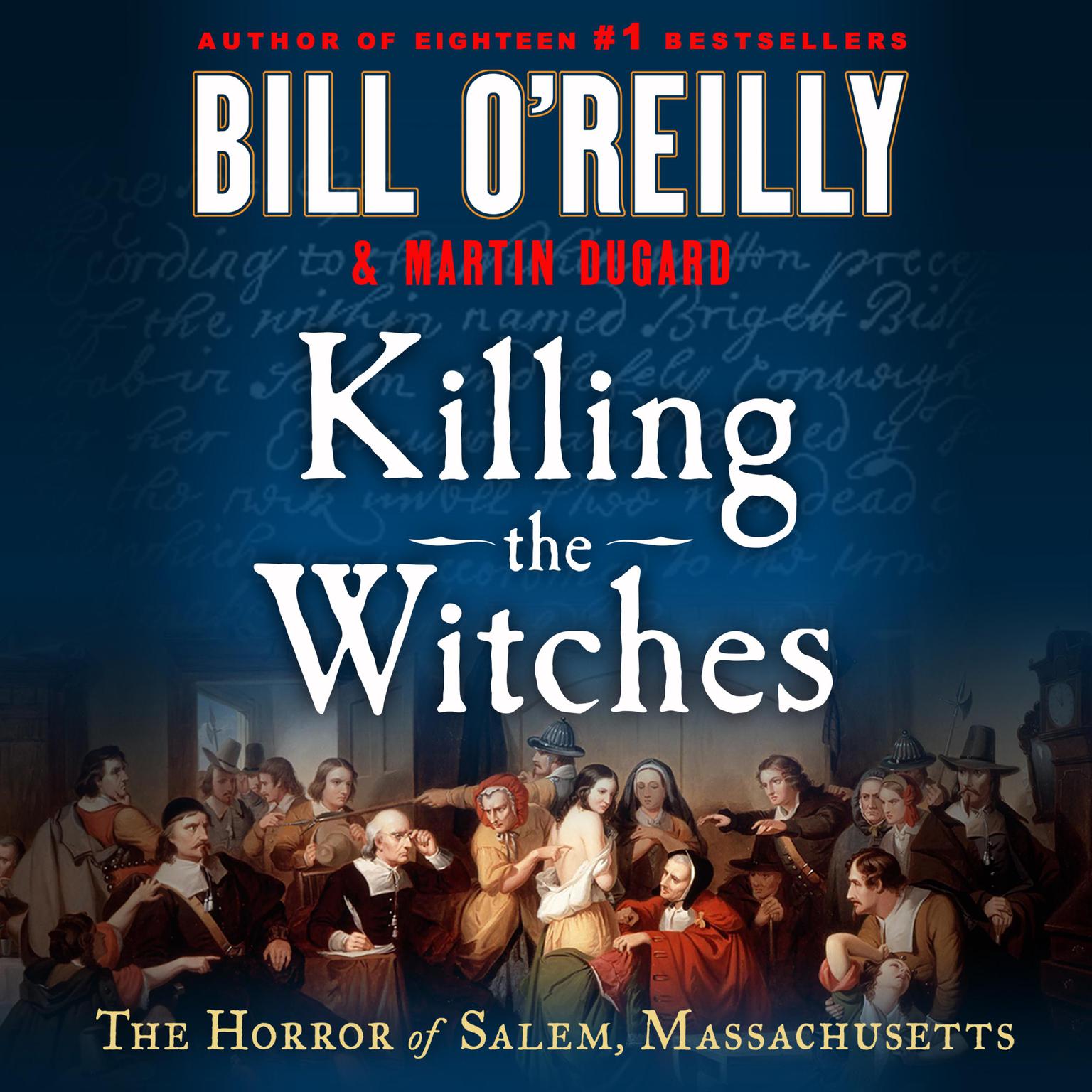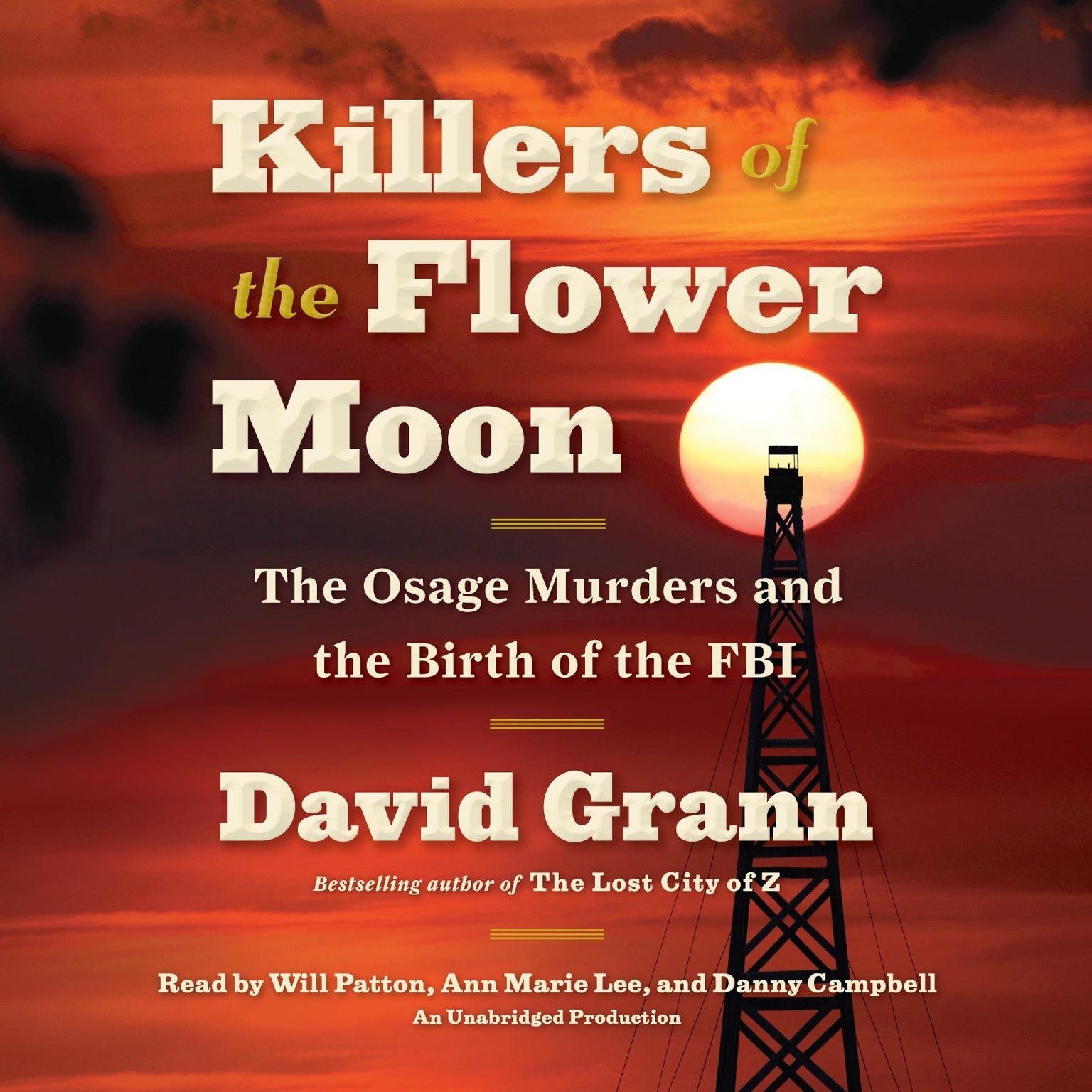Publisher Description
They were told as little as possible.
Their orders were to go to Santa Fe, New Mexico, and report for work at a classified Manhattan Project site, a location so covert it was known to them only by the mysterious address: 109 East Palace. There, behind a wrought-iron gate and narrow passageway just off the touristy old plaza, they were greeted by Dorothy McKibbin, an attractive widow who was the least likely person imaginable to run a front for a clandestine defense laboratory. They stepped across her threshold into a parallel universe—the desert hideaway where Robert Oppenheimer and a team of world-famous scientists raced to build the first atomic bomb before Germany and bring World War II to an end.
Brilliant, handsome, extraordinarily charismatic, Oppenheimer based his unprecedented scientific enterprise in the high reaches of the Sangre de Cristo mountains, hoping that the land of enchantment would conceal and inspire their bold mission. Oppenheimer was as arrogant as he was inexperienced, and few believed the thirty-eight-year-old theoretical physicist would succeed.
Jennet Conant captures all the exhilaration and drama of those perilous twenty-seven months at Los Alamos, a secret city cut off from the rest of society, ringed by barbed wire, where Oppenheimer and his young recruits lived as virtual prisoners of the United States government. With her dry humor and eye for detail, Conant chronicles the chaotic beginnings of Oppenheimer’s by-the-seat-of-his-pants operation, where freshly minted secretaries and worldly scientists had to contend with living conditions straight out of pioneer days. Despite all the obstacles, Oppie managed to forge a vibrant community at Los Alamos through the sheer force of his personality. Dorothy, who fell for him at first sight, devoted herself to taking care of him and his crew and supported him through the terrifying preparations for the test explosion at Trinity and the harrowing aftermath of Hiroshima and Nagasaki.
Less than a decade later, Oppenheimer became the focus of suspicion during the McCarthy witch hunts. When he and James B. Conant, one of the top administrators of the Manhattan Project (and the author’s grandfather), led the campaign against the hydrogen bomb, Oppenheimer’s past left-wing sympathies were used against him, and he was found to be a security risk and stripped of his clearance. Though Dorothy tried to help clear his name, she saw the man she loved disgraced.
In this riveting and deeply moving account, drawing on a wealth of research and interviews with close family and colleagues, Jennet Conant reveals an exceptionally gifted and enigmatic man who served his country at tremendous personal cost and whose singular achievement, and subsequent undoing, is at the root of our present nuclear predicament.
Download and start listening now!
“As the first order of business I’d like to give this novel 4.5 stars. With that finished we can move on to the more interesting bits. For having grown up in Los Alamos and working at the national lab for 5 summers I know shockingly little about the town’s war years. In fact, this was my first foray into reading a book detailing the Manhattan Project. I will try to keep the nostalgic influence for my childhood home to a minimum. My initial realization during the first hundred pages was how well Conant described the balance between the work all of the scientists did and the strain they felt as people (mostly from their horrific living conditions). Similarly, Conant captured the tension in their lives due to the secretive nature of their work, which meant husbands and wifes could not discuss anything freely. Another facet of the scientists’ humanity that was fascinating stemmed from the tension between the military and Oppenheimer, with my favorite scene being when Oppenheimer wore an indian headdress after Groves told him his normal hat was too conspicuous. One strange point to me was how many of the scientists were theoreticians. This made me wonder about the untold stories of the scientists who truly designed and built the bombs. In short, Conant’s descriptions covered both the scientific and human aspects of these extraordinary people, and, as a scientist, I have often seen how hard it is to convey both adequately.”
—
Benj (4 out of 5 stars)











